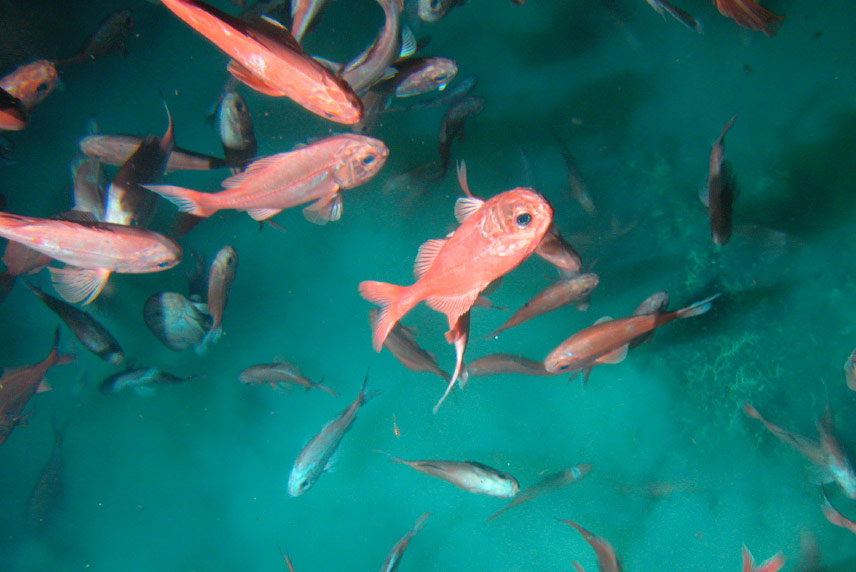Managing for Sustainability.


The Fisheries Act 1996 sets the framework for sustainable management of New Zealand’s fisheries.
The purpose of the Fisheries Act, which is administered by the Government through Fisheries New Zealand, is to provide for the utilisation of fisheries resources while ensuring sustainability. Under this Act, utilisation means conserving, using, enhancing, and developing fisheries resources to enable people to provide for their social, economic, and cultural well-being. Ensuring sustainability means maintaining the potential of fisheries resources to meet the reasonably foreseeable needs of future generations; as well as avoiding, remedying or mitigating any adverse effects of fishing on the aquatic environment. The rights and allocations for commercial fishers are therefore considered in a wider environmental, social and economic context for the benefit of New Zealand, not just fishing companies.
Part 4 of the Fisheries Act provides the statutory framework for the operation of the Quota Management System, which is the legal framework for setting, allocating and controlling commercial catch limits.
Catch limits are the primary means for managing stock sustainability in New Zealand.
Most commercial fish species are divided into a number of fish stocks – anywhere from one to 10 – for management purposes (e.g. HOK 1, SNA 7, etc). Every stock has a commercial catch limit, which enables fish stocks to be managed sustainably.
The Minister for Fisheries has ultimate responsibility for setting and adjusting catch limits for all quota species. Catch limits are set based on the fish stocks status relative to its stock management target. Guidance on setting stock management targets is provided in the Government’s Harvest Strategy Standard, which describes default management targets and limits that can be applied to individual fish stocks and the management consequences of these limits (e.g. triggers for implementation of formal rebuilding plans). In practice, these limits are set out in national fisheries plans for each stock (or groups of similar stocks). If no targets are set, the default Harvest Strategy Standard applies.
When setting catch limits, the Minister must also make allocations for recreational fishing, customary non-commercial fishing and other impacts on the stock.
New Zealand takes an evidence-based approach to fisheries management. All fisheries research that contributes to management decisions must comply with the Research and Science Information Standard for New Zealand Fisheries. Information principles are also covered in Section 9 of the Fisheries Act, stating decision-makers should be cautious when information is uncertain, unreliable or inadequate. Annual changes to catch limits are based on peer reviewed scientific advice that is developed using a transparent, inclusive process.
A summary of all current stock status and catch effort information is published in Fisheries New Zealand annual plenary documents. In terms of the volume of landings of stocks of known status, 95% of New Zealand’s stocks are functioning at or above their management targets, which means sustainability is not a concern.
Eco-certification schemes provide additional third-party verification of sustainability practices for some fisheries.
As seafood production increases to meet rising global demand, so have concerns of the seafood supply chain, consumers and environmental NGOs over the impact that commercial fishing is having on the environment. One way of providing assurances of more sustainable practices in wild capture fisheries is the use of seafood certification schemes.
The root documents for most eco-certification schemes are the FAO Code of Conduct for Responsible Fisheries and the FAO’s Guidelines for Ecolabelling of Fish and Fishery Products from Marine/Inland Capture Fisheries. However, the scope, unit of assessment, certification requirements and verification procedures vary considerably between eco-certification schemes. Consequently, the Global Sustainable Seafood Initiative (GSSI) created a Global Benchmark Tool to assist suppliers and buyers in identifying seafood certification schemes that meet all components of the FAO Code and Guidelines.
The only GSSI-benchmarked scheme used in New Zealand fisheries is the Marine Stewardship Council (MSC). The MSC was established in 1996 between Unilever and WWF and is perhaps the most recognised of all global eco-certification schemes. The MSC standard is made up of three key principles; sustainable fish stocks, minimising environmental impacts and effective management. Third-party experts conduct an independent assessment of the fisheries performance against these principles. The MSC scheme follows international benchmarks to promote robust processes and uphold values of independence, transparency, impartiality and stakeholder consultation.
Six New Zealand fisheries have achieved MSC certification. These are hoki, hake, southern blue whiting, ling, albacore tuna and skipjack tuna. Hoki was the first whitefish fishery in the world to achieve MSC certification in 2001.
More information about each certified fisheries can be found under the respective species profiles.

The OpenSeas report was prepared by a technical expert, with demonstrable knowledge and experience in the topic at hand. An internal fit-for-purpose review was conducted by the OpenSeas Programme Director, which may have included external scientific or operational expertise.
An external scope and accuracy review was conducted by the relevant regulatory agency(ies) for the original report (i.e. New Zealand Government departments).
The report author was responsible for revising the report in line with recommendations from reviews and retains final responsibility for the report content.

